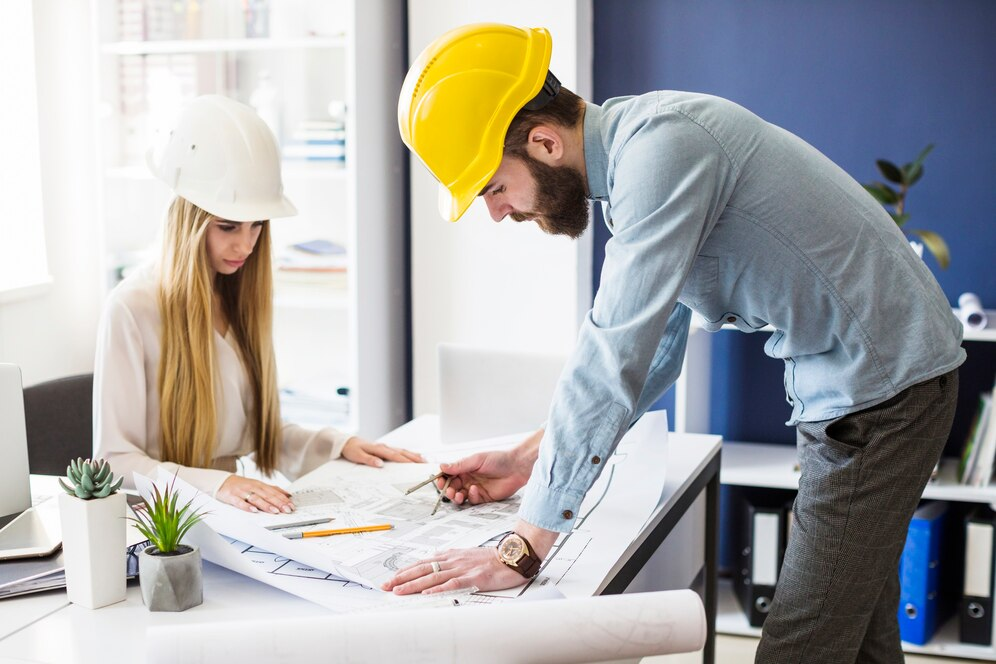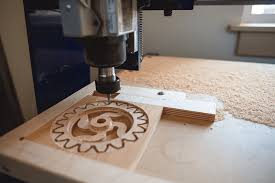Sustainability is more than just a trend—it’s a necessity. The construction industry greatly impacts the environment, using a lot of energy and resources. Sustainable design helps reduce this impact. It focuses on building structures that last longer, use less energy, and create healthier spaces for people.
Building designers play a key role in this movement. But why is sustainable design so important? Let’s explore its benefits, challenges, and future trends.
Understanding Sustainable Design
Sustainable design is all about reducing harm to the environment. It means using energy wisely, cutting waste, and making buildings healthier for people. Architects and builders now focus on designs that work with nature instead of against it.
The Importance of Sustainability in Construction
Construction uses a lot of natural resources and creates pollution. Buildings need heating, cooling, and lighting energy and use a lot of water. We will run out of resources if we don’t change our approach. Sustainable design helps reduce these problems by using smarter, greener solutions.
Key Principles of Sustainable Design
Energy Efficiency
Sustainable buildings use less energy. They have solar panels, wind power, and energy-saving appliances. Good insulation and smart lighting systems also help reduce energy use.
Water Conservation
Water-saving features are a key part of sustainable buildings. These include rainwater collection systems, water-efficient taps, and recycling wastewater for reuse.
Sustainable Materials
Using eco-friendly materials reduces waste and pollution. Many buildings use recycled wood, bamboo, and low-impact, non-toxic products. These materials are better for the planet and often last longer.
Indoor Environmental Quality
A healthy indoor space improves well-being. Sustainable buildings have better air quality, more natural light, and materials that don’t release harmful chemicals.
Benefits of Sustainable Design for the Environment
Sustainable buildings help the environment in many ways. They create less waste by using materials wisely, reduce pollution by reducing energy use, and use renewable resources, so we won’t run out of important materials.
Economic Advantages of Sustainable Construction
Sustainable buildings save money over time. They use less energy and water, which lowers utility bills. They also increase property value, making them attractive to buyers and renters. Some governments offer tax benefits for green buildings, making them even more affordable.
Social Impacts of Sustainable Design
Sustainable buildings improve life. Good air quality reduces health problems like asthma. Natural light and ventilation make people feel more comfortable and productive. Stronger, eco-friendly buildings also help communities by lasting longer and being disaster-resistant.
Innovations in Sustainable Construction Materials
New building materials are making construction greener. Recycled products are now used to build stronger, longer-lasting structures. Smart glass can adjust its transparency to keep buildings cool or warm, reducing energy use. Green roofs and vertical gardens improve air quality and help cities stay cool.
Case Studies of Successful Sustainable Design Projects
Many buildings around the world show how sustainable design works. The Edge in Amsterdam is one of the greenest buildings, using smart technology to save energy. One Central Park in Sydney has vertical gardens and recycles water. In Melbourne, Council House 2 is a great example of a government project focused on eco-friendly design.
Challenges in Implementing Sustainable Design
Sustainable design has its challenges. It can be expensive initially, making it hard for small builders to afford. Many people in the industry prefer old methods, slowing change. Rules and certifications for green buildings can also be complex and confusing.
Future Trends in Sustainable Construction Practices
Sustainable construction is growing. More buildings are being designed to produce as much energy as they use. AI and smart technology are helping manage energy and water more efficiently. Cities also plan for greener spaces, better public transport, and eco-friendly infrastructure.
Conclusion
Sustainable design is essential for the future. With the help of building designers, we can create good buildings for people and the planet. As technology improves, sustainable construction will become the norm. Whether you are a builder, homeowner, or architect, making eco-friendly choices today will lead to a better world tomorrow.





